Blog Categories
Recent Posts
- Home
- 7 New World Foods That Changed Europe Forever
7 New World Foods That Changed Europe Forever
Posted by on
There’s much debate whether Christopher Columbus really discovered America in 1492. Historians think there may have been other explorers before Columbus, others think the actual date wasn’t October 12 but rather October 21. At any rate, he gets the credit in many of the history books for his discovery. Even if he didn’t actually discover America, it may be safe to say that Spanish or European explorers discovered the New World around that time. And the foods – potatoes, tomatoes, bananas, maize, cacao, sunflower, and squash - that were taken back by explorers to the Old World changed Europe, their culture, and their economy forever.

Potato
The Inca Indians in Peru cultivated the potato, known by its scientific name as Solanum tuberosun, around 8,000 to 5,000 B.C. And they used potatoes for much more than just a food source. Granted, some of these uses may really be folklore, but rumor has it that they believed potatoes helped heal most injuries and improved overall health.
By 1536, the Spanish explorers took over Peru, discovered the potato and took it home with them. Cultivation of the potatoes started along the coast of Spain, and was introduced to Ireland by Sir Walter Raleigh. It took several decades for the nutritious tuber plant to spread to the rest of Europe, but when it did, it spread like wildfire. Potatoes became a staple for many countries after agriculturists realized how nutritious they were and how easy to grow underground.
As historian William H. McNeill argued, the potato led to empire: “By feeding rapidly growing populations, [it] permitted a handful of European nations to assert dominion over most of the world between 1750 and 1950.” The potato, in other words, fueled the rise of the West. And though the potato ended famine in parts of Europe, a major potato blight in the 1840s wiped out the potato crop in many countries. Ireland was hit the hardest, since it was their main food source. Many people died in Ireland and another million fled to Canada and the United States.
Like other foods in this group, the potato changed many lives and fed many people. Today it’s the world’s fourth largest food crop, after wheat, rice, and maize.
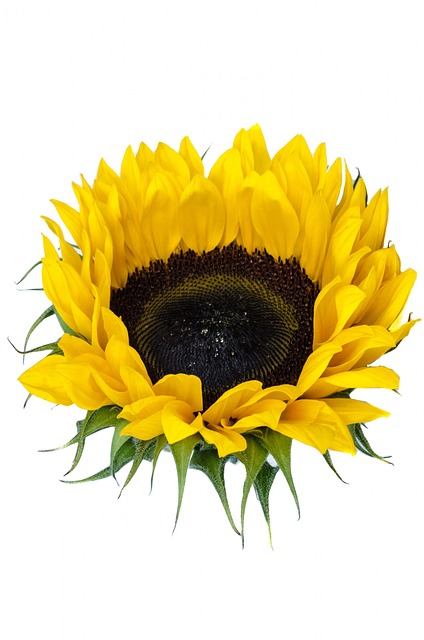
Sunflower
The sunflower arrived in Spain from the Americas and spread quickly throughout Europe. Perhaps first admired for its bright colors, height, and ability to follow the sun across the sky, the sunflower has long been a favorite of gardeners and artists. Genetically diversified by botanists over the centuries, it now comes in various colors – burnt orange, chocolate, cream, rose, and pink – and various heights – from 3 inches to over 12 feet. In addition to the traditional single vertical stalk, some varieties also branch out and have multiple flowers.
Birds love sunflower seeds and gardeners often grow the giant flowers for show as well as a food source for birds and other animals. In addition to being a favorite of botanists, the sunflower seed is also eaten as a snack and used to make a cooking oil due to its nutritious makeup. Linoleic acid, oleic acid, and palmitic acid are the main components of sunflower oil. It also contains lecithin, carotenoids, tocopherols and appreciable quantities of vitamins A, D, and E. Sunflower oil is often preferred over other oils like canola, safflower, corn, and olive oils for cooking purposes since it is light and high in polyunsaturated fat.
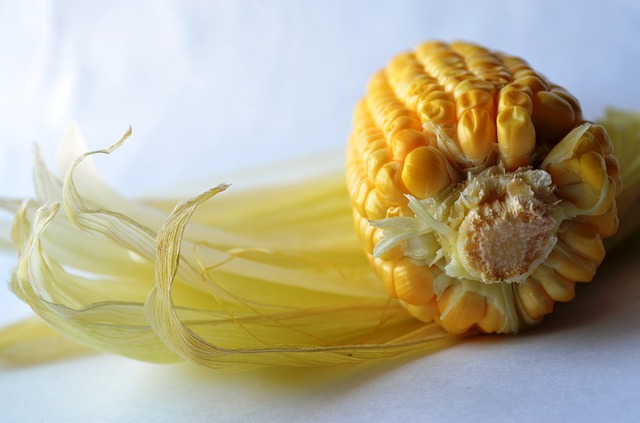
Maize and Corn
First grown by the Mayans and Olmec in the Mexican highlands for cooking, maize spread throughout the Americas around 2500 BC. Explorers in the late 15th and 16th century took maize back to Europe and introduced it to other countries. One reason maize has spread around the world is because it’s very adaptable to a variety of climates.
Interestingly, maize goes by a variety of names, depending where it’s grown in the world and its culinary uses. The word maize comes from the Spanish form of the indigenous Taino word for the plant, maiz. Maize is used in scientific and international context because it refers to a specific grain, whereas corn has a variety of meanings that vary by context and geographical region.
Although there are hundreds of uses for the kernel, the other parts of the maize plant can also be used. America natives used husks as livestock feed, and to make baskets, mats, and moccasins. Europeans used stalks and husks to make brooms, chair bottoms, mattress pads, and collars for draft animals.
Corn is fed to livestock – pigs, chickens, cattle and dairy cows – some is exported, other corn is processed for ethanol. Humans eat many types of corn products – too many to list here. Sweet corn, popcorn, flour corn, corn bread, grits, cereal, and corn oil. Industrial uses of corn include plastics, packing materials, insulating materials, adhesives, explosives, paint, abrasives, dyes, insecticides, rayon, antifreeze (!), and soaps.

Cacao
The Latin name for cocao – Theobroma – means “food of the gods.” Mayans in South America used cocao to make a warm beverage that became part of marriage and betrothal ceremonies. It was also part of other tribes’ daily meals, and although they didn’t know it at the time, the incredible health benefits of cocao kept them healthier and increased their immunity to fend off other diseases.
After Spaniards found out about the chocolate drink, they took it back to Spain and tried their best to monopolize its production. Thank goodness, the French fell in love with cocao beans in the 1600s and opened a hot chocolate shop. Chocolate took off around the world.
Today most countries have their own specialty chocolate, however Swiss, German, and of course South American, cultures have taken chocolate to another level all together. Cooking has become more sophisticated throughout the centuries since the discovery of chocolate, and so have the varieties of chocolate itself. The cacao tree provides millions of jobs for farmers that harvest cacao pods from trees located in countries within 20 degrees of the Equator several times a year. After the beans are separated from the pods, dried, and fermented, they are shipped to factories for processing and travel internationally to be sold on wholesale and retail markets.
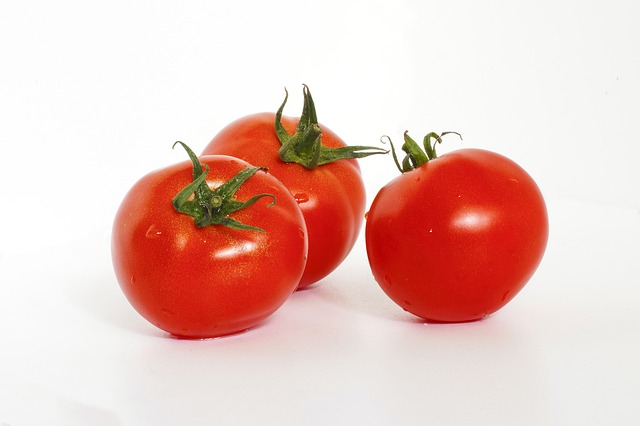
Tomato
Like other foods in this group, the tomato came from South and Central America, and was taken to Europe. Eventually, it was introduced to the U.S. and Canada from Europe – not Mexico. Tomatoes were not a favorite early in their European history; they were often confused with the poisonous nightshade plant. Actually, their leaves are poisonous, but the fruit is fine to eat.
The French called them the love apple or pomme d’ amour, Italians called them the golden apple or pomi d’oro. Names are always important. The botanists that named the tomato initially gave it a bad reputation. The misunderstandings were continued by Joseph Pitton de Tournefort, and later by Carl Linnaeus who grouped tomatoes as “Wolf Peaches” because of their shape, and deemed them hallucinogenic, poisonous, or both.
Thomas Jefferson helped promote tomatoes by growing them at his home in Monticello, and used them in recipes with his family. Rumor has it that Colonel Robert Gibbon Johnson ate a basket of tomatoes in front of his local courthouse in 1830, to show his audience that he wouldn’t die and foam at the mouth. But it was Joseph Campbell of Campbell’s Soup that pushed tomatoes to become part of the American diet. With seed catalogues and condensed tomato soup, people truly accepted the tomato and even began to love it for its variety of colors, health benefits, and flavors. You'll find several of this fruit's best health benefits when you cook it. Roasted tomato soup is a great place to start - especially in fall.
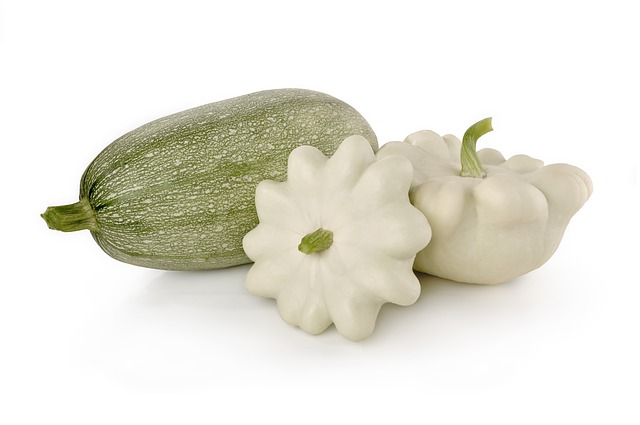
Squash
The word we use for squash comes from the Massachuset Indian word askutasquash, meaning "eaten raw or uncooked." There are three main types of squash: winter squash ( C. moschata), summer squash (C. pepo) and pumpkins (C. maxima). Within those three species are dozens of varieties including gourds, Cinderella pumpkins, yellow crooked neck squash, Spaghetti squash, and Turks Turban.
Some squash varieties were found by the Spanish growing in northern Argentina near the Andes, but not in other areas of Central America. Unlike maize and tomatoes, many squash species had not been carried into Central or North America, or even northern South America, at the time of discovery of the New World. Squash was unknown to the Old World until the 16th century, and the oldest known definite record of it is dated 1591.
Winter squash and summer squash did exist in North America. They were carried over all parts of North America by Indians in their travels, and were grown by several tribes. Squash became one of the three primary crops in America and was often grown with maize and beans. Known as the “Three Sisters” growing arrangement, the corn provided a structure for the beans to climb, and beans gave nitrogen to the soil to fertilize corn and squash. The squash vines, in turn, shaded out weed plants and kept the soil moist.
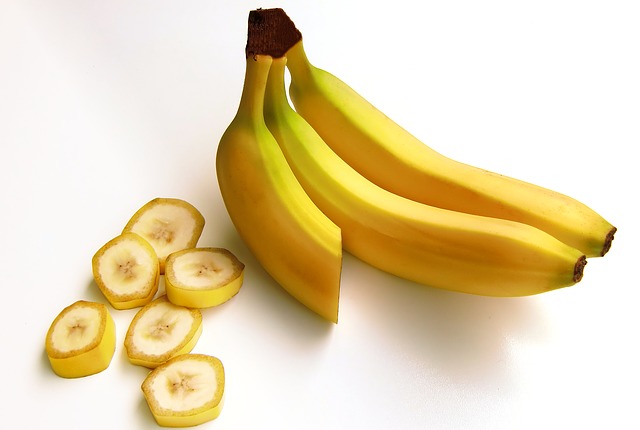
Bananas
The first fruit domesticated by humanity was found by a Malaysian tribe. The wild banana was tiny, packed with hard seeds and encased with starchy flesh. Someone, no one knows who, found a banana without seeds, and the banana’s world and ours was changed forever. Over the period of a few thousand years, bananas spread across the equator to the tropics, and anywhere the plant could grow. And bananas are easy to grow, reproducing easily in warm, humid climates.
The story got more interesting when, in 1876, a merchant seaman named Lorenzo Dow Baker had been looking for gold in Venezuela, and according to Dan Koeppel, author of Bananas: The Fate of the Fruit that Changed the World , “he didn’t find any. On his way back, in a desperate attempt to salvage something from his voyage, he picked up a cargo of bananas, and with good luck and following wind, got them to Philadelphia before they went off.” In the States, he partnered with Andrew Preston, and they founded a company called Boston Fruit.
Preston had a plan. His strategy was to sell bananas at half the price of apples. “To do that, the banana had to be turned from an agricultural product to an industrial one,” Koeppel says. “Don’t think of banana plantations as farms; think of them as factories, factories with just one product.” That company kept merging with other companies until it merged with Chiquita. And in 2014, Chiquita merged with Fyffes. Today, Chiquita remains one of the largest banana producers in the world.
There are over 100 varieties of bananas. They are served as a dessert, main course, snack, and serve as a dietary staple for some cultures.
Information provided in this communication is not designed to and does not provide medical advice, professional diagnosis, opinion, treatment or services to you or to any other individual. This is general information for educational purposes only. The information provided is not a substitute for medical or professional care, and you should not use the information in place of a visit, call consultation or the advice of your physician or other healthcare provider. Wise Choice Marketing Inc is not liable or responsible for any advice, course of treatment, diagnosis or any other information, services or product you obtain through Wise Choice.


 Loading... Please wait...
Loading... Please wait...













